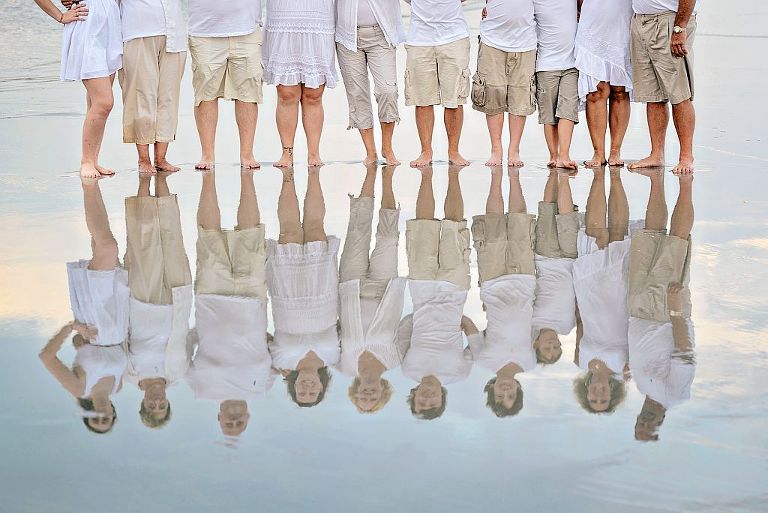Faithfully capturing the details of a natural landscape in a photograph requires both skill and patience. Even with a high-end camera, landscape photography can still intimidate a new photographer. Incorporating a few essential techniques and tips into your skillset can help you become a proficient landscape photographer.
Use a Tripod
Holding a camera perfectly steady to capture landscape images can be a challenge. A tripod gives you the stability to patiently wait for the scene that you want to capture without getting tired or accidentally nudging your camera off-angle as you snap your shot. The stability of a tripod is also essential if you want to extend your shutter speed to capture the illusion of motion in certain scenes, such as waterfalls.
Check the Weather
Although a cloudless day gives your pictures a bright and clear look, inclement weather can actually make your pictures look even more majestic. An overcast day, for example, can help create an ominous atmosphere that will delight your viewers and fuel their imaginations. Other weather elements, including fog, misty rain, and filtered sunlight, can add drama to your pictures.
Take a Walk
Roadside viewpoints, such as those dotting many national parks, offer easy access to well-known landscape shots. Taking advantage of these viewpoints is a good idea if you’re new to landscape photography. However, if you want to take a different shot, you need to stretch your legs and look for new angles to take your shots. Try climbing a hill for a view from up high, or walking to the base of a mountain to take pictures of wildflowers.
Look for a Foreground Image
Although simple pictures of clouds and mountains look nice, these images may not capture your viewer’s imagination. Before you take a picture, try to compose an interesting foreground for your picture. For example, instead of simply snapping a picture of ocean waves, incorporate some beach rocks into your image. If you’re taking a picture of an open field, look for striking trees or wild animals to add more depth to the picture.
Finding the Best Light
Noon on a sunny summer day may seem like an appealing time to take landscape photographs. However, midday light is harsh and won’t help you capture the softer sides of nature. For the best light, you’ll need to get up early for sunrise or make it to your favorite spot for sunset. If you use a tripod, you can get your image ready before the perfect light hits your subject.





